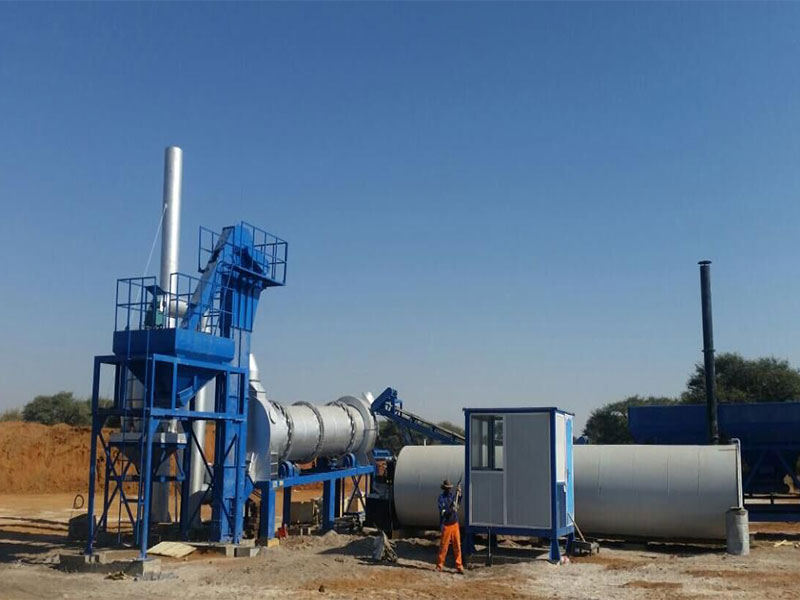The world of road construction is constantly evolving, driven by a need for more durable, eco-friendly, and cost-effective solutions. At the heart of this transformation are the emerging trends in asphalt mixing. As we pave our way into the future, it’s essential to understand how innovative technologies and practices are shaping the road construction industry.
Green Asphalt: Sustainability Takes the Center Stage
Environmental sustainability has become a top priority in asphalt mixing. As concerns about climate change and resource conservation grow, the industry is adapting. Here are some key trends:
1. Warm Mix Asphalt (WMA)
WMA is gaining traction as an environmentally responsible alternative to traditional hot mix asphalt. By producing asphalt at lower temperatures, it reduces energy consumption and emissions. This not only lowers the carbon footprint but also extends the construction season in colder climates.
2. Recycled Asphalt Pavement (RAP)
The recycling of old asphalt into new mixtures, known as RAP, is on the rise. It not only reduces the need for raw materials but also minimizes waste. Modern asphalt mixing plants are equipped to incorporate RAP into their mix designs, making the process more sustainable.
3. Reclaimed Asphalt Shingles (RAS)
RAS is another eco-friendly trend. It involves using waste shingles in the asphalt mix, further reducing the demand for virgin materials and diverting construction waste from landfills.
Smart Technology: Paving the Way for Efficiency
The integration of smart technology is changing the asphalt mixing landscape. From data-driven decision-making to automation, here's how technology is driving efficiency:
1. Plant Automation
Automation is streamlining the production process in asphalt mixing plant (amp). Automated systems control the mixing and production, improving accuracy and reducing human error. This not only ensures consistent quality but also optimizes resource use.
2. Data Analytics
Data analytics is helping optimize operations. Sensors and monitoring systems provide real-time data on temperature, material proportions, and equipment performance. This information allows for immediate adjustments, enhancing efficiency and quality control.
3. 3D Printing
3D printing is being explored as a way to create road infrastructure components. This innovative approach can lead to more precise and cost-effective construction while reducing material waste.
Advanced Materials: Improving Durability and Resilience
In the quest for more durable and resilient roads, advanced materials are playing a pivotal role:
1. Polymer-Modified Asphalt
Polymer-modified asphalt mixtures are becoming increasingly popular due to their enhanced durability and resistance to cracking and rutting. These mixtures can extend the lifespan of roads, reducing maintenance costs.
2. High RAP Mixes
High RAP mixes, containing a significant proportion of recycled asphalt pavement, are proving to be as durable as traditional mixes. These mixtures are not only cost-effective but also help conserve resources.
Community Engagement: A Collaborative Approach
Community engagement and collaboration are emerging trends in asphalt mixing. Engaging with local communities and stakeholders can lead to better project outcomes and smoother construction processes. When communities are informed and involved, they can provide valuable insights and feedback, ultimately resulting in more successful projects.
Conclusion: A Bright Future for Road Construction
The road to the future of asphalt mixing is paved with sustainability, technology, advanced materials, and community engagement. As the industry continues to evolve, it is becoming more environmentally responsible, efficient, and innovative. These emerging trends are not only shaping the way we build roads but are also contributing to a brighter, more sustainable future for our infrastructure and our planet.


Comments
No comments yet. Be the first to react!